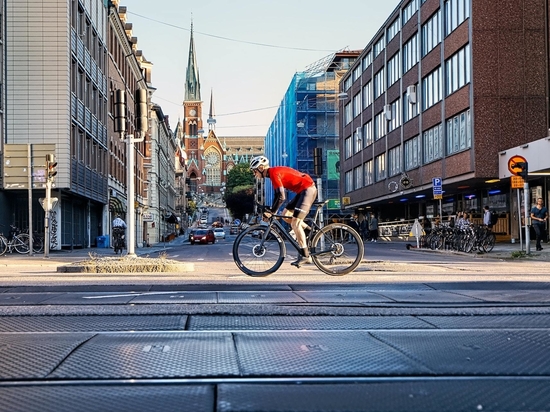
#Inspiration
Harmony is Nature's Design Language
Cities can use this too
Nature's design language speaks in harmonious rhythms, where every element coexists in balance and unity. The intricate patterns of a leaf, the symphony of a forest, and the fluidity of a river – they all demonstrate how nature's design thrives in harmonious compositions. Drawing inspiration from these age-old principles, cities worldwide should increasingly incorporate the concept of harmony into their urban planning.
In urban landscapes, harmony can manifest through the careful integration of green spaces and built areas. By weaving parks, gardens, and wildlife corridors into the fabric of the city, urban planners create an environment that mirrors the balanced ecosystems found in nature. These green pockets provide respite from the hustle and bustle, foster biodiversity, and contribute to cleaner air and cooler temperatures, enhancing the overall quality of life for city residents.
Cycling and cycling infrastructure play an instrumental role in harmonizing the modern cityscape. By prioritizing cycling as a sustainable mode of transportation, cities embrace harmony by reducing the cacophony of traffic congestion and pollution. Dedicated bike lanes and cyclist-friendly initiatives promote an interconnected and balanced urban ecosystem. Furthermore, cycling encourages residents to explore their cities at a human pace, fostering a deeper appreciation of the natural and architectural beauty that surrounds them. This harmonious coexistence between nature, the built environment, and the inhabitants creates an urban landscape that is not just functional but also harmonious, where the soothing rhythm of pedal strokes harmonizes with the heartbeat of the city.
Photo by Marta Wave






